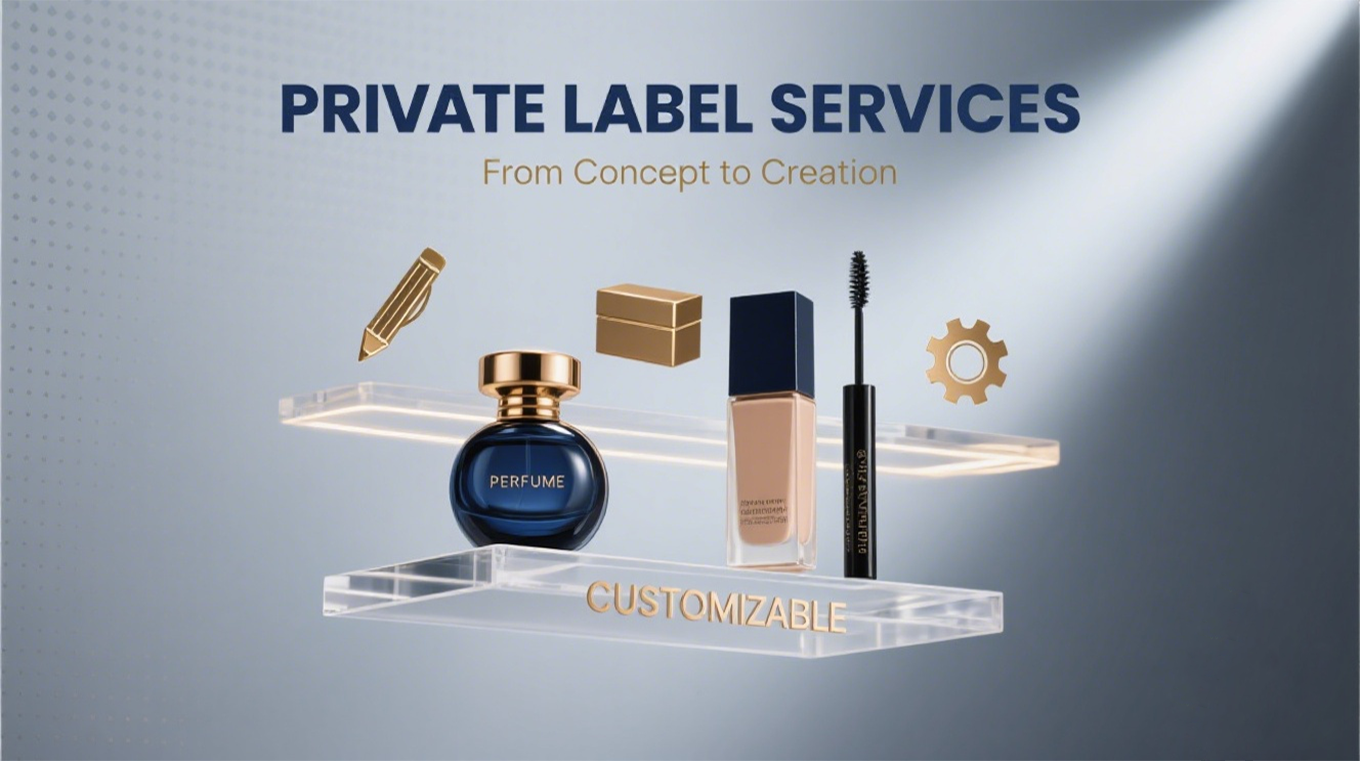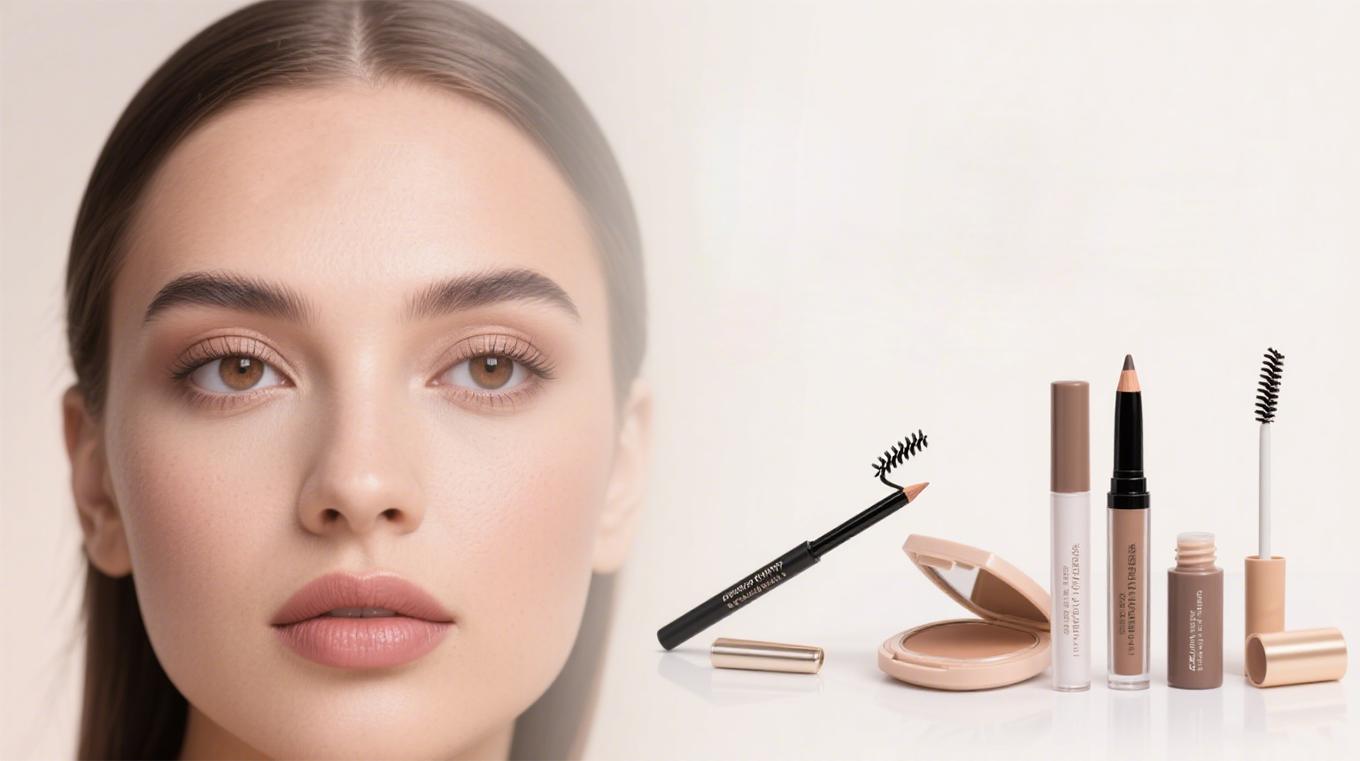Contouring is a transformative makeup technique that can enhance and define the natural structure of your face. By strategically applying darker and lighter shades, you can create the illusion of a more chiseled jawline, a smaller nose, and a slimmer face. However, to achieve the most flattering results, it's essential to tailor your contouring technique to your unique face shape. In this guide, we'll explore how to contour for different face shapes, including round, square, oval, and heart-shaped faces, and provide expert tips to elevate your makeup game.
Understanding Your Face Shape
Before diving into contouring, it's crucial to identify your face shape. Common face shapes include round, oval, square, heart, and diamond. Understanding your face shape will help you strategically apply contour to accentuate or soften specific features.
How to Determine Your Face Shape
- Round Face: Characterized by soft, curved features with the cheekbones being the widest part of the face.
- Oval Face: Slightly longer than it is wide, with a balanced forehead and jawline.
- Square Face: Notable for strong jawlines and prominent cheekbones, with the forehead, cheekbones, and jawline nearly equal in width.
- Heart-Shaped Face: Wider forehead with a narrower chin, resembling a heart.
- Diamond Face: High cheekbones with a narrower forehead and chin.
Contouring Techniques for Different Face Shapes
Contouring a Round Face
For those with a round face, the goal is to create the illusion of angles and length. Here’s how:
- Contour: Apply a darker shade along the temples, below the cheekbones, and along the jawline to create definition.
- Highlight: Use a highlighter on the center of the forehead, the tops of the cheekbones, and the chin to add dimension.
- Blend: Ensure seamless blending to avoid harsh lines and create a more sculpted look.
Contouring an Oval Face
Oval faces are considered the most balanced and versatile. The aim is to enhance the natural symmetry:
- Contour: Apply the darker shade along the hairline, under the cheekbones, and below the jawline to add definition.
- Highlight: Use a highlighter on the center of the forehead, the high points of the cheekbones, and the tip of the chin.
- Blend: Smoothly blend the contour and highlighter for a radiant finish.
Contouring a Square Face
Square faces have well-defined angles. The aim is to soften the sharpness:
- Contour: Apply the darker shade along the hairline, the outer corners of the forehead, the jawline, and the sides of the face.
- Highlight: Use a highlighter on the center of the forehead, the tops of the cheekbones, and the bridge of the nose.
- Blend: Meticulously blend for a natural, softened effect.
Contouring a Heart-Shaped Face
Heart-shaped faces have wider foreheads and narrower chins. The focus is to balance these proportions:
- Contour: Apply the darker shade along the hairline, temples, below the cheekbones, and lightly along the jawline.
- Highlight: Use a highlighter on the center of the forehead, the tops of the cheekbones, and the chin.
- Blend: Achieve a harmonious look by blending the contour and highlighter seamlessly.
Contouring a Diamond Face
For diamond faces, the goal is to soften the angles and create a balanced appearance:
- Contour: Apply the darker shade along the temples, below the cheekbones, and lightly along the jawline.
- Highlight: Use a highlighter on the center of the forehead, the high points of the cheekbones, and the chin.
- Blend: Ensure a natural, radiant finish by blending flawlessly.
Essential Tools and Products
To achieve a flawless contour, you’ll need a few key tools and products:
- Contour Palette: Choose shades that complement your skin tone. Opt for matte powders or creams a few shades darker for contouring and a shade lighter for highlighting.
- Brushes and Sponges: A quality angled brush, a blending sponge, and a fluffy brush are indispensable for seamless application.
- Additional Tools: Consider using an airbrush makeup kit for a more even application.
Tips for Perfect Contouring
- Blend, Blend, Blend: The key to natural-looking contouring is blending. Use circular motions with your brush or sponge for a seamless finish.
- Start Light: Begin with a light hand and build up the color as needed to avoid over-application.
- Consider Your Undertone: Choose contour and highlight shades that match your skin’s undertone for a cohesive look.
- Experiment: Don't be afraid to try different techniques and products to find what works best for you.
Contouring is more than just a makeup technique—it's a way to highlight your natural beauty and express your style. By understanding your face shape and using the appropriate contouring techniques, you can enhance your natural features and create a more balanced and sculpted look. Remember, contouring is an art that requires practice, so don’t be afraid to experiment and adapt these techniques to suit your individual face shape. With patience and a little creativity, you’ll soon become a master of contouring, unlocking your beauty potential like never before.
Ready to transform your look? Grab your contouring tools and start experimenting today! Your perfectly sculpted look is just a contour away.



